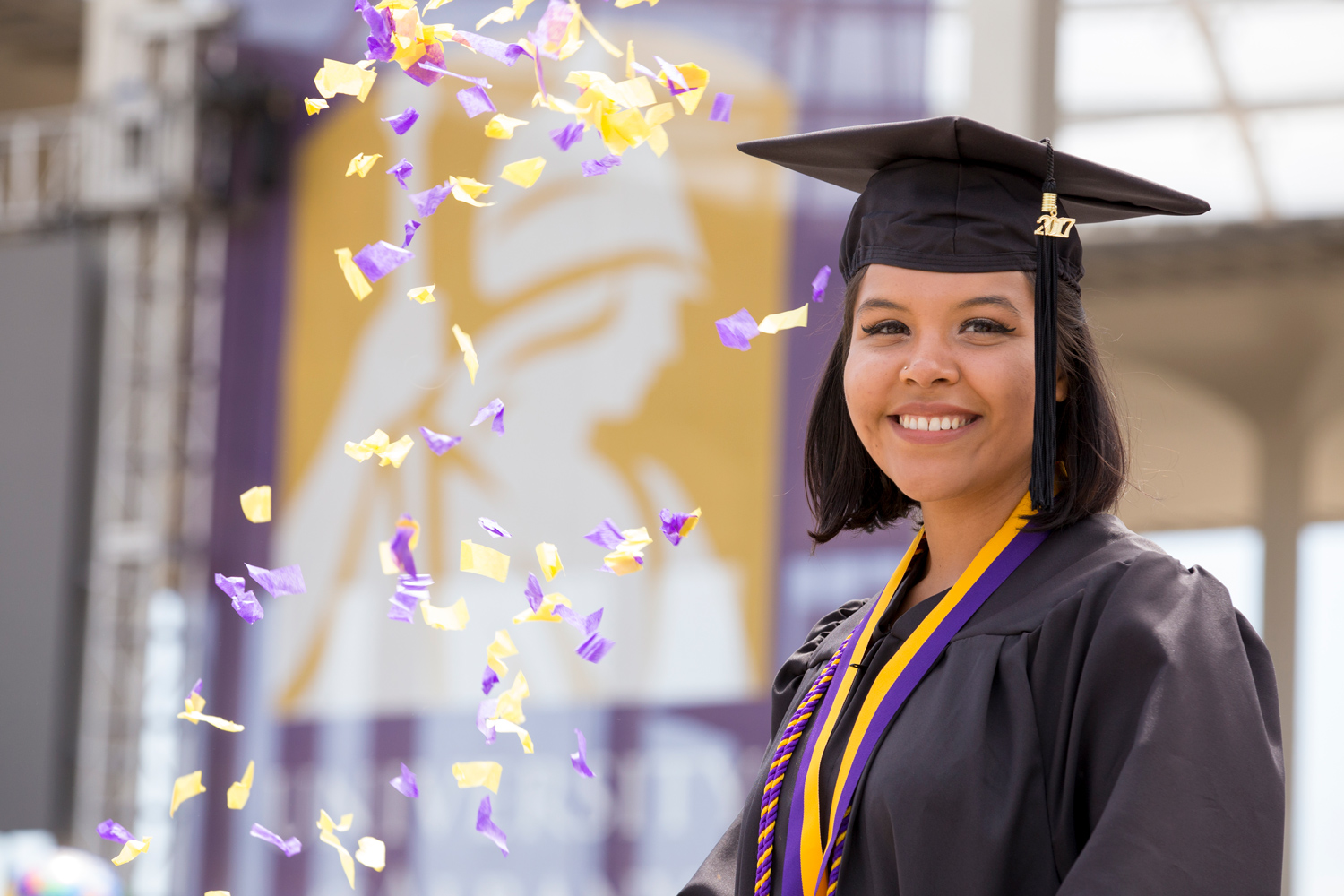Deadlines
- Fall: Rolling
- Spring: Rolling
- Summer: Not Available
There is no departmental assistantship consideration for this program.
Required Application Materials
- Transcripts from all schools attended
- Three letters of recommendation
- Statement of goals
The statement is generally one to two pages discussing what you have to offer the program and what you wish to get out of the program. It should include a brief description of the applicant's field of interest, related background, desired area of study and research emphasis or career goals.
Available information for International Applicants.






